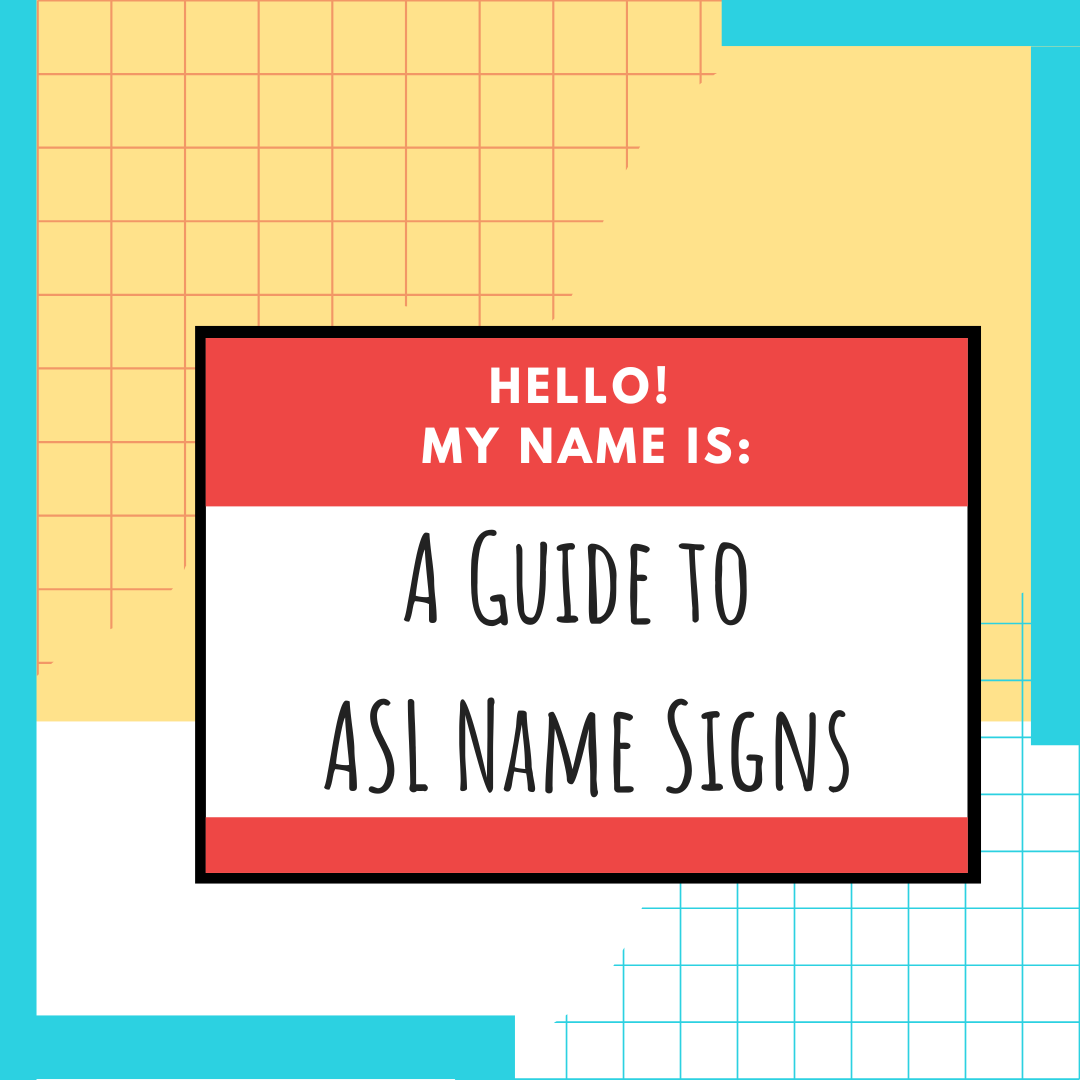
The Organization of Deaf Society
- by Michelle Jay
by Olivia Honeycutt | 25 September 2019
The entire world is a built for Hearing people. Despite having no real connection to one another, no defining features other than those that come with being human, they are considered to be what is “normal.” Where Hearing society is defined simply by being able to hear without effort from birth, Deaf society has its own characteristics, qualifications, and foundations that stem from being a minority. The Deaf society helps people find their Deaf identities and instead of feeling defective or left out of a lot of common Hearing activities, they are united and lifted up by other people who go through the same struggles. Deaf society is split into different categories of being Deaf starting with Deaf Ethnicity and getting broader and broader passing by Deaf Culture, Deaf Community, and then those Isolated in Hearing Society. These different tiers of Deaf society build to a complex, tightly-knit, interwoven safety net of support for Deaf people, Deaf issues, and more.
In 1980, Charlotte Baker-Shenk and Dennis Cokely wrote that in order to fully participate in Deaf Culture, four qualifications needs to be met whereas to be a part of the Deaf Community, only two do (Jay 58). These characteristics are Interaction, Deafness, ASL, and Advocacy. Interaction is defined as regularly taking part in the social life of a Deaf person either because they are a family member or friend or because you have attended multiple Deaf events. Deafness is having some degree of hearing loss. The ASL qualification includes learning the language, respecting the signing etiquette, and using it often enough to consistently be able to hold an in depth conversation. Lastly, Advocacy entails passionately advocating for Deaf issues and ASL which requires staying informed and connected with the Deaf community. With the right attitude, joining the Deaf Community is attainable as long as a certain level of modesty and eagerness to learn and adapt according to advice is maintained; however, being admitted into Deaf Culture is slightly more restrictive but is nothing in comparison to the Deaf Ethnicity category of people. In order to be considered of Deaf Ethnicity, one needs to speak ASL as his/her first language as a result of being raised in a deaf household. Because of the specific requirements, this area is usually not mentioned.
The group that is farthest from the Deaf Community is Deaf people who are isolated in Hearing Society. It is important to redefine the meaning of isolation because in the context of the Deaf society, isolation means something different than to someone who is a part of the Hearing society. “Hearing people see deaf people as isolated from the world if they aren’t involved with hearing society. [They] see the hearing world as improving the lives of Deaf people and giving them more relationships, information, and maturity” (Jay 58). This relates to the idea of Hearing people feeling they are inherently better than those who are deaf simply because of an attribute they were born with. That feeling is not always of malicious intent, but it generally results in pity for the Deaf and is seen as something to be fixed. However, Deaf people use the term “isolation” as an indicator of being alone in the Hearing community without other Deaf people to connect with. To them, without the support of a host of similar friends, Deaf people will be stuck trying to fit into a society that was not built for them. A prime example of this is students who go to an oral school without any deaf accommodations or deaf company to relate to.
Possibly because of the complexities of the Deaf community, there is a common misconception that Deaf people separate themselves completely from the Hearing society, and that that is the reason for the drastic divide between the two (Drolsbaugh). It should first be stated that Deaf people could never escape the Hearing society if they tried, the world itself is built for Hearing people; the Deaf community is just a subsection of the Hearing one. Secondly, though some people believe that ASL and raising children in the deaf community can handicap the children in the future, giving Deaf people a place to truly embrace themselves in all aspects is necessary, especially considering that their form of communication is wholly different than that of any hearing population.
Despite the many differences between the Deaf and Hearing societies, they are made of numerous groups of people constantly interacting and all it takes is one person reaching out to the other to bring the two communities closer together and introduce an entire other category of people to Deaf Culture. And that introduction is the beginning of awareness, education, eventual understanding, and general acceptance for all.
Works Cited
Drolsbaugh, Mark. “The Isolation Myth.” Deaf Culture Online, 2018, www.deaf-culture-online.com/isolationmyth.html.
Jay, Michelle. DJSC! A Student’s Guide to ASL and the Deaf Community. Judea Media, 2011.
Start Learning ASL Today!
 Ready to start learning real American Sign Language and not just basic signs? Do you want to be a part of the vibrant Deaf community? Check out our Free ASL 1 Course or our Complete 4-Level ASL Course options and start learning ASL today!
Ready to start learning real American Sign Language and not just basic signs? Do you want to be a part of the vibrant Deaf community? Check out our Free ASL 1 Course or our Complete 4-Level ASL Course options and start learning ASL today!








